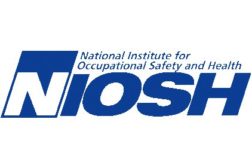Workplace Health
PureSafety conference to feature national experts on health and safety
Top thought leaders will share best practices and discuss issues including injury prevention and the evolving regulatory and compliance environment
August 25, 2011
Become a Leader in Safety Culture
Build your knowledge with ISHN, covering key safety, health and industrial hygiene news, products, and trends.
JOIN TODAYCopyright ©2025. All Rights Reserved BNP Media.
Design, CMS, Hosting & Web Development :: ePublishing






